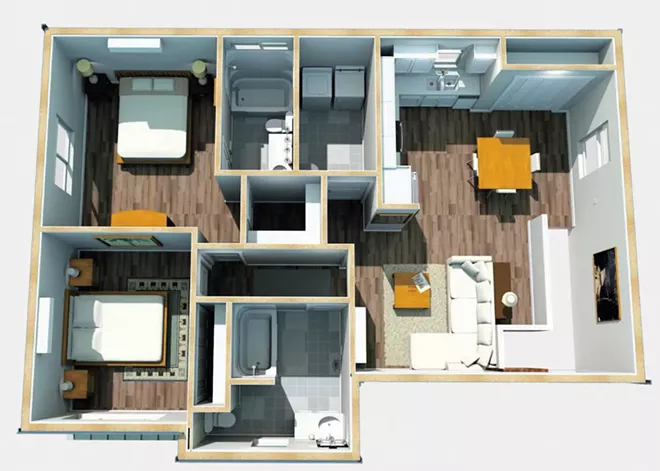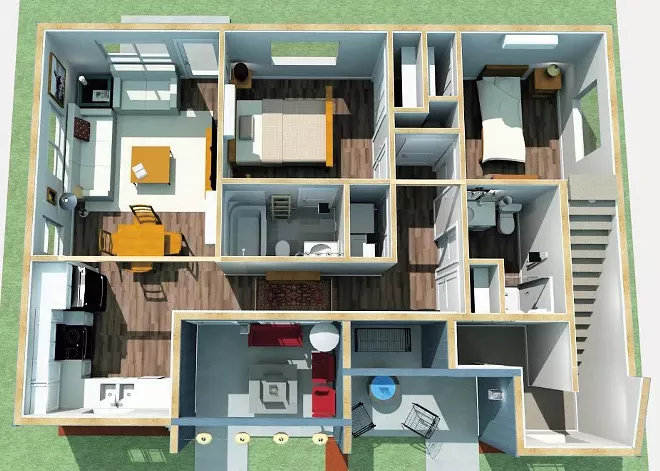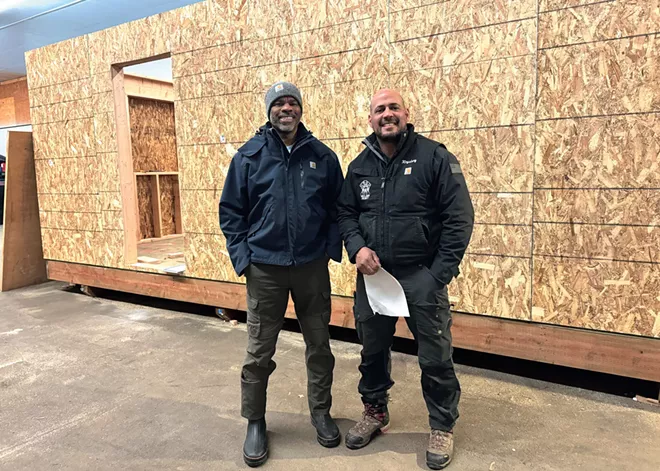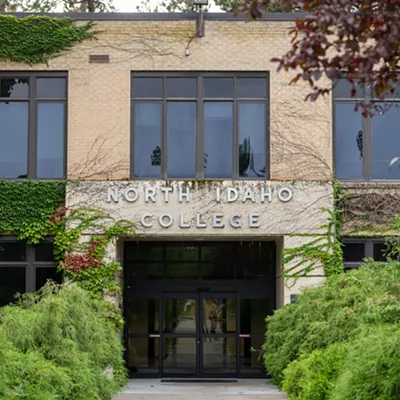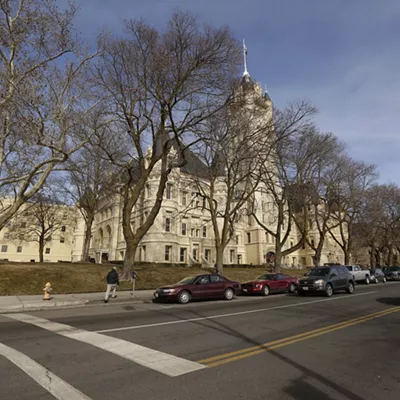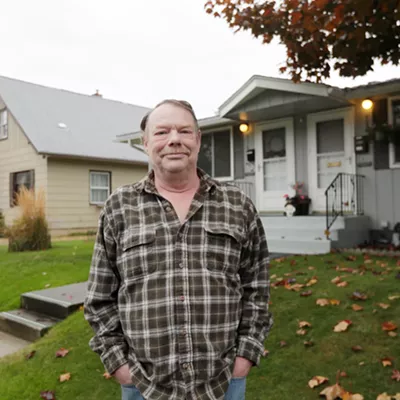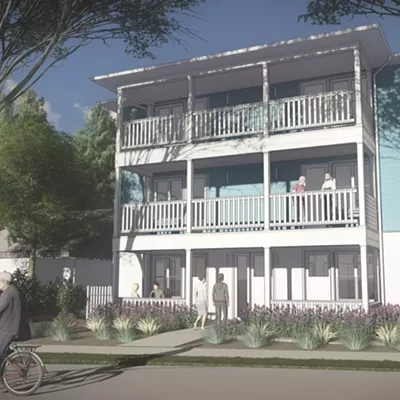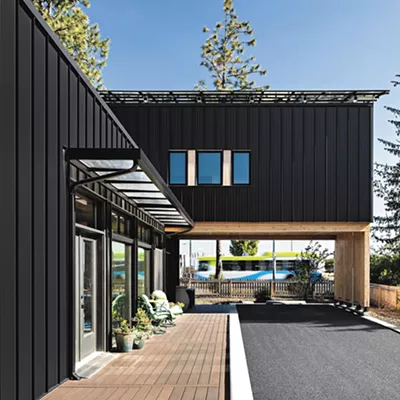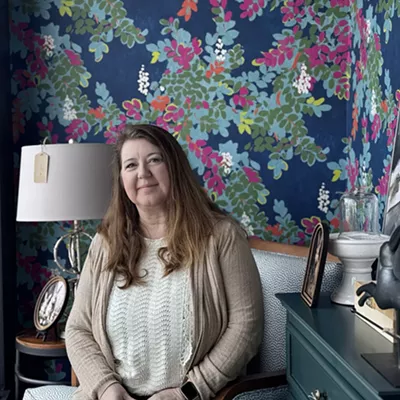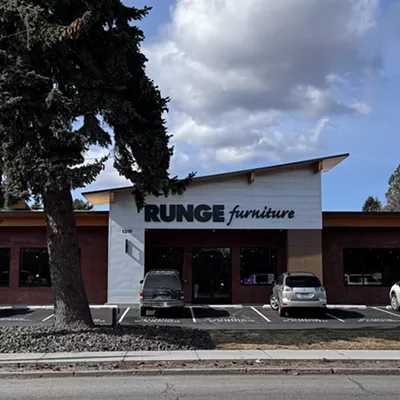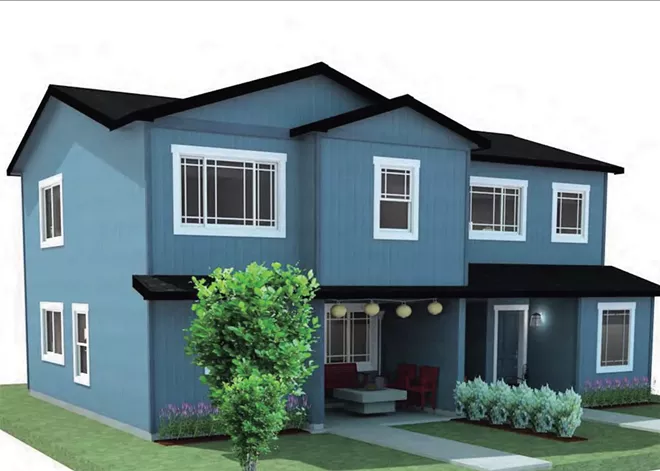
Trouble finding a place to call home? From apartments and condos to single family homes, they just aren't getting built — and haven't been for the past decade or more — at levels anywhere close to what's needed.
But there are significant efforts underway to help close the gap between enormous demand and limited supply. Spokane issued 1,340 residential building permits in 2023, a 56% increase over the prior four-year average, and 984 permits were for multifamily units. The uptick is in part thanks to zoning changes that permit construction of ADUs, duplexes, triplexes and townhouses and even six-plexes. Area homebuilders are ready to capitalize on the new possibilities.
SPACE FOR FOUR
Todd Sullivan's been building houses for 30 years and yet, "A couple of years ago I realized, my kids can't afford homes."
He felt terrible about that. While out on a walk in a midcentury Seattle neighborhood with his dad, Sullivan says he got some fatherly advice. "He said, 'Todd, you need to go back in time and build small homes on small lots.'"
Thanks to Washington's Middle Housing laws, which Sullivan calls "the most groundbreaking zoning reform in the nation," Sullivan thinks he'll be able to realize his dad's vision and help his kids' generation become homeowners. The quest has become "a driving force for Sullivan Homes."
Sullivan, who's also an attorney, praises Spokane leaders who "jumped to the forefront and... enacted a series of zoning laws that mostly mirror the state MHL laws. Spokane's MHL ordinances now allow up to four units per lot depending on location and change a variety of other requirements in terms of house size, lot size and design changes," he notes in an email.
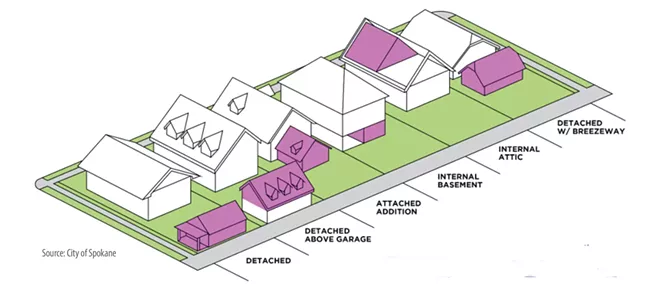
Sullivan Homes PNW is working on several affordable housing projects. The first takes advantage of the opportunity to build on small lots. They've designed two-bedroom, two-bath homes that can be built on a 3,500-square-foot lot. (The standard lot in Spokane is 50 feet by 120 feet, or 6,000 square feet.) The home itself costs about $239,000, and buyers will need to add in the cost of a lot, but Sullivan thinks these small homes on small lots will be "the perfect place to start a family or retire to."
They're also designing duplexes. Built as a two-story structure, each level will accommodate a two-bedroom/two-bath unit and check in at just under 1,000 square feet. A standard Spokane lot could accommodate two of these duplexes, essentially creating four homes on a single lot. Sullivan thinks he can keep the cost of the duplex at around $400,000, not including land, making these suitable for buyers who want to live in one unit and rent the other, or for investors who want to rent out both units.
The Northeast Community Center is partnering with Sullivan to build one of the duplexes on the back half of a lot the center already owns. "The whole concept was to figure out ways to help others do this in their community," says the center's executive director, David Richardson, noting that it's been a learning process as their original plans for a triplex got quashed by the more stringent regulations for the larger units. The duplex plan, he says, is "phenomenal. They look rich, they look like they're put together. It doesn't look like low-income housing, and we're hoping that will help with some of the 'not in my backyard' mentality that people have as we start looking for density."
— ANNE McGREGOR
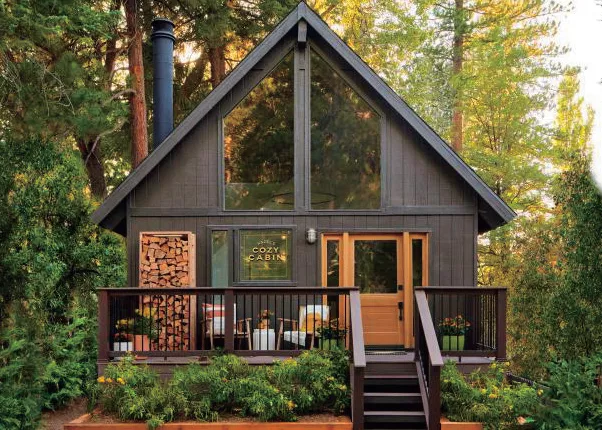
SPEEDY DELIVERY
"The whole idea of, you know living, I think changed after COVID as far as what's important, how much square footage you actually need, and the fact that there was — there still is — a huge shortage of affordable housing across the U.S.," says Guy Boudreaux, a "tiny home" builder. His ruminations led him to found Space Elevators, a company that designs and builds panelized, modular homes, ranging in size from 300 to 950 square feet, in a Spokane Valley warehouse.
"They are just as good, if not better, than a stick-built home," he says, noting the homes are built with 2x6 framing. The whole process from the time a buyer purchases a home until it's delivered onsite can be completed in just weeks, not months.Boudreaux has big plans for these tiny houses. He hopes to develop three or four warehouses and deliver 30 homes in 2024. "This year represents, I guess what I call the perfect storm for all this stuff... interest rates, the cost of homes soaring, paychecks staying the same, and also the durability and the transportability of these types of homes," he says.
Labor costs are kept down by a unique relationship with a non-profit that supplies manpower in return for job training.
Shawn Kingsbury is the CEO and founder of the Reclaim Project, an nonprofit organization that helps men transition from addiction, homelessness and criminal behavior by, among other things, offering occupational development training through partnerships with businesses in the manufacturing, construction and restaurant industries.
Though his crews also work on traditional home construction, Kingsbury says the indoor construction work at Space Elevators is a coveted position. "The three gentlemen who built this are inside of our program," he says, standing next to the Minimalist Manor currently under construction. "They're all transitioning away from some adversity... We're getting these guys who are very green — zero skills — training on these units to be able to ultimately get them into the workforce."
After framing, the wiring and plumbing are installed in the walls. The structure is then methodically disassembled, stacked on a flatbed truck and taken to its destination, where everything is reassembled and subcontractors add finishes like drywall and cabinetry.
"In 2024, nobody should be denied a roof over their head. We're too smart."
The Minimalist Manor will retail at just under $200,000. It checks in at 528 square feet on the main floor, with a 400-square-foot loft. There's a living room, kitchen with an island, bathroom and a bedroom that will accommodate a king-size bed and has a slider to allow access to a deck or even a hot tub. A convertor generator will supply enough electricity to run the house should the power go out, and there will be an EV charging station as well. Interior finishes will be comparable to those in much more expensive homes.
The concept provides an opportunity for building in places previously not workable, including infill lots and steep locations, says Kingsbury. "You can boom-lift these to a place where it's actually very hard to build."
Boudreaux is committed to being part of the solution for providing affordable housing, he says. "I am of the mindset that in 2024, nobody should be denied a roof over their head. We're too smart."
— ANNE McGREGOR
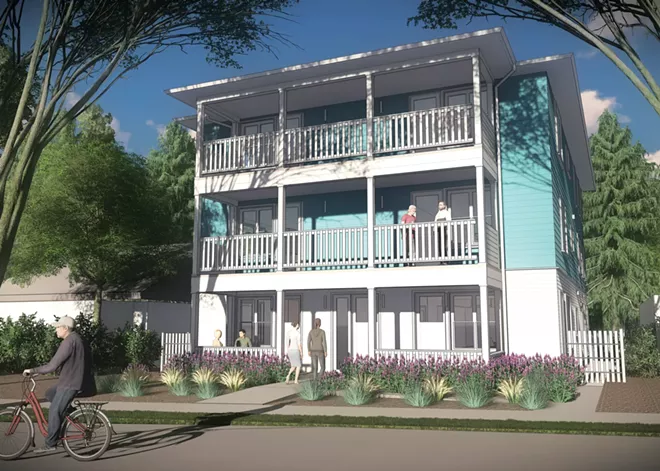
SIX PACK
In March, the city of Spokane approved plans for a project called the "Spokane Six" — a six-unit apartment building that will be built on a lot currently occupied by a single-family home on South Grand Boulevard, a block from Manito Park on the South Hill.
Matt Hutchins, an architect with the Seattle-based CAST architecture firm that designed the building, describes it as a "traditional, simple box."
"There's a traditional vernacular in American residential design that is sort of blocky, big eaves and detailed porches," Hutchins says. "It feels very much like it could have been built in the '20s or in the '40s."
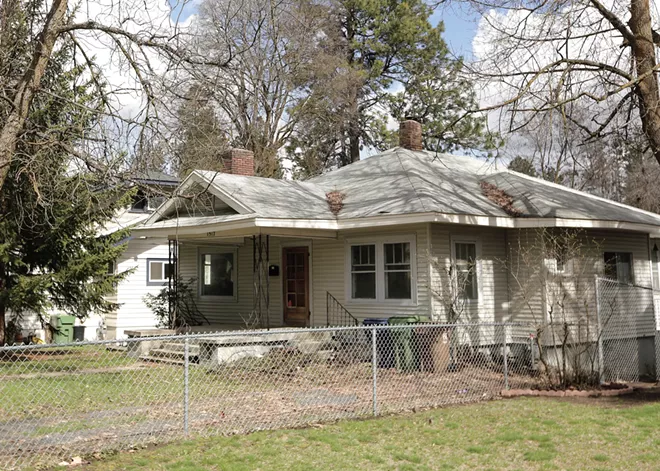
Sixplex buildings like the Spokane Six are common in Spokane's historic Browne's Addition and Cliff/Cannon neighborhoods. But those buildings are almost all close to 100 years old. During the latter half of the 20th century, Spokane and many other American cities passed zoning laws that prevented those housing types from being built in most neighborhoods.
The Spokane Six is only possible because of the sweeping set of zoning changes passed in 2022 and expanded last year that made it legal to build multifamily housing in all parts of Spokane previously restricted to single-family homes.

The Spokane Six is designed to fit on any traditionally sized housing parcel, so once the first one on Grand Boulevard is finished, Hutchins' firm hopes to build more across the city.
"Our goal is to essentially bring back a housing type that we haven't seen a lot in the last 100 years," Hutchins says.
The Spokane Six will be three stories tall, with two units per floor. The units will range between about 990 and 1,000 square feet. Rent for two of the units will be below market rate, due to the project receiving the city's multifamily tax exemption, which gives developers a property tax reduction to incentivize affordable housing.
"Our goal is to essentially bring back a housing type that we haven't seen a lot in the last 100 years."
The sixplex design offers several advantages over larger apartments, Hutchins says. Instead of just one wall being open to the outdoors, the sixplex will have windows on three sides of each unit, allowing every room plentiful views of the outdoors.
"This is just a much more livable scale," Hutchins says.
Each of the six units will have two bedrooms, two bathrooms, a dining room, living room, kitchen, laundry area, and a porch with enough space for a table or seating — essentially an extension of the apartment, Hutchins says.
The other big advantage of the design, Hutchins says, is that the building is still compact enough to allow for a parking space for each unit — and a shared backyard.
— NATE SANFORD

